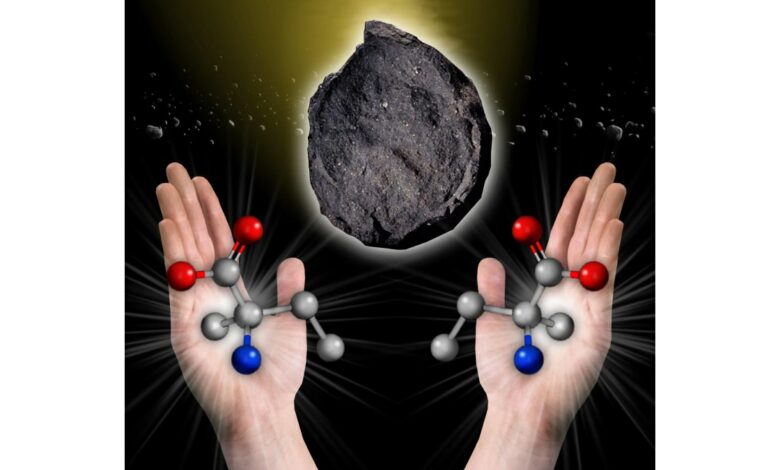NASA research challenges RNA’s role in the molecular dexterity of life

A recent NASA-funded study has observed findings about the molecular processes that may have shaped the origins of life on Earth. Research published in Nature Communications suggests that ribonucleic acid (RNA), a molecule believed to be older than DNA, shows no inherent bias in producing the left- or right-handed versions of amino acids. This challenges long-standing assumptions about why life uses mainly left-handed amino acids in its proteins, a phenomenon known as homochirality.
The riddle of molecular dexterity
Amino acids, the essential building blocks of proteins, exist in two mirror-image forms: left-handed and right-handed. Life on Earth depends solely on the left-handed variety, although there is no obvious reason why right-handed amino acids would not function similarly. This phenomenon has baffled scientists because it appears to reflect a fundamental aspect of biology. The current one studyled by Irene Chen, professor at the UCLA Samueli School of Engineering, tested ribozymes – RNA molecules capable of behaving like enzymes under early Earth conditions. The results indicated that ribozymes could prefer either hand, undermining the idea that RNA inherently favored the left-handed type.
Implications for the early evolution of life
The research involved simulating primitive conditions on Earth, exposing ribozymes to amino acid precursors. No consistent preference for left-handed amino acids was observed in 15 combinations tested. This discovery suggests that homochirality may have arisen through evolutionary processes rather than as a result of RNA’s chemical preferences. Co-author Alberto Vázquez-Salazar, a postdoctoral researcher at UCLA, noted that these findings imply that life’s molecular handedness likely arose later in its development.
Future research into the molecular origins of life
Jason Dworkin, senior scientist at NASA’s Goddard Space Flight Center, emphasized that understanding the molecular properties of life informs the search for extraterrestrial life. Current analysis of samples from asteroid Bennu, brought back by NASA’s OSIRIS-REx mission, includes studying its amino acid handedness. Such research could provide further clues about the origins of homochirality and its role in the development of life.
The research was funded by NASA, the Simons Foundation and the National Science Foundation and provided valuable insights into one of life’s most profound mysteries.
(Disclaimer: New Delhi Television is a subsidiary of AMG Media Networks Limited, an Adani Group company.)




